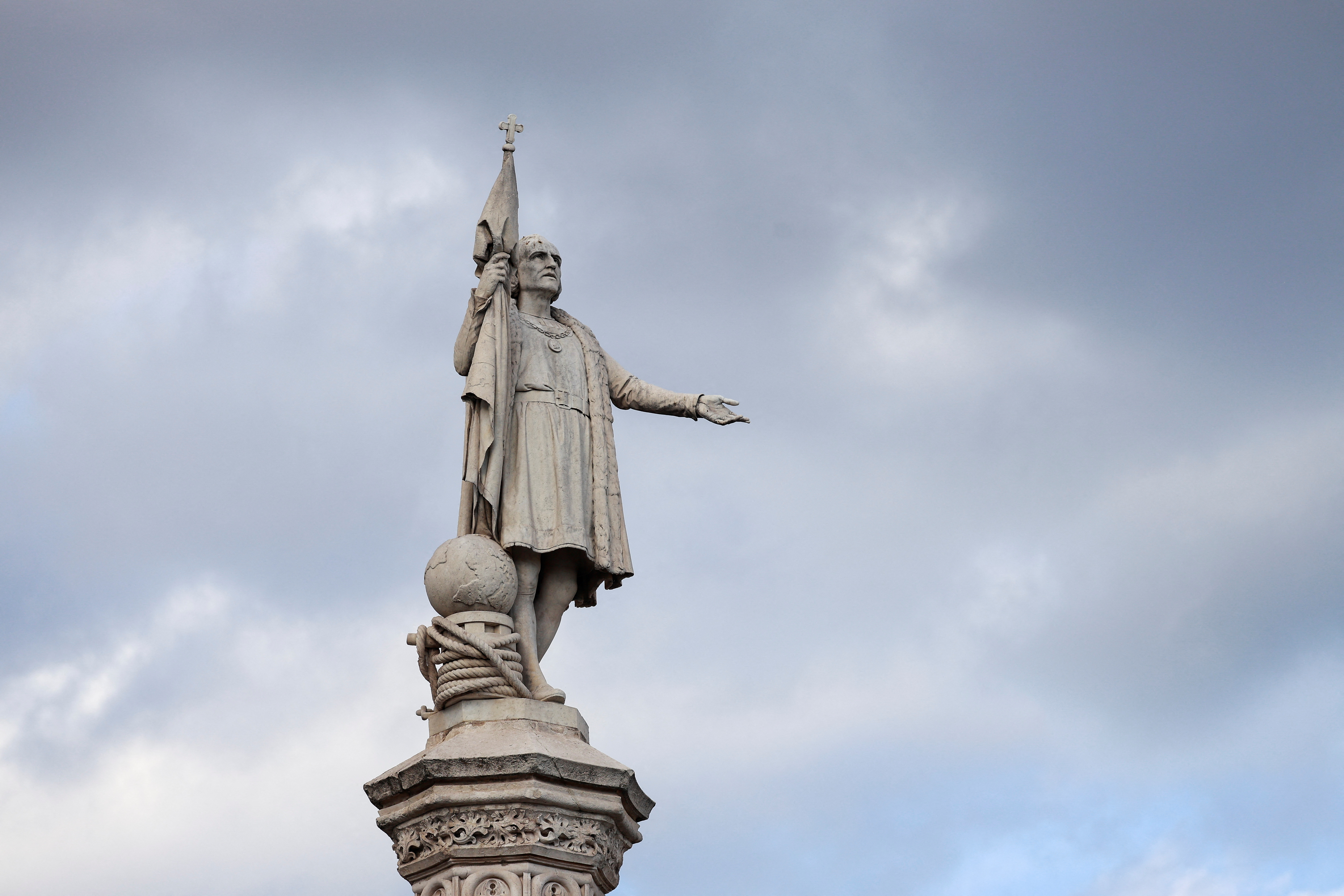
Spanish scientists said they will reveal details of the nationality of 15th-century explorer Christopher Columbus on Saturday, after using DNA analysis to tackle a centuries-old mystery.
Countries have argued over the origins and the final resting place of the divisive figure who led Spanish-funded expeditions from the 1490s onward, opening the way for the European conquest of the Americas.
Many historians have questioned the traditional theory that Columbus hailed from Genoa, Italy. Other theories range from him being a Spanish Jew or a Greek, to Basque or Portuguese.
Researchers led by forensic expert Miguel Lorente have been testing tiny samples of remains buried in Seville Cathedral, long marked by authorities there as the last resting place of Columbus, though there had been rival claims.
They had compared them with those of known relatives and descendants and their findings are due to be announced in a documentary titled “Columbus DNA: The true origin” on Spain’s national broadcaster TVE on Saturday.
Lorente, briefing reporters on the research on Thursday, did not reveal the conclusions, but said they had confirmed previous theories that the remains in Seville belonged to Columbus.
“Today it has been possible to verify it with new technologies, so that the previous partial theory that the remains of Seville belong to Christopher Columbus has been definitively confirmed,” he said.
Research on the nationality had been complicated by a number of factors including the large amount of data. But “the outcome is almost absolutely reliable,” Lorente said.
Columbus died in Valladolid, Spain, in 1506, but wished to be buried on the island of Hispaniola that is today shared by the Dominican Republic and Haiti. His remains were taken there in 1542, then moved to Cuba in 1795 and then, it had been long thought in Spain, to Seville in 1898.
In 1877, workers found a lead casket buried behind the altar in cathedral in Santo Domingo, the capital of the Dominican Republic, containing a collection of bone fragments the country says belong to Columbus.
Lorente said both claims could be true as both sets of bones were incomplete.





